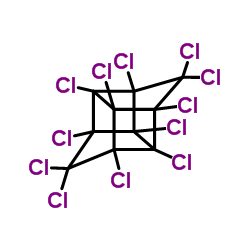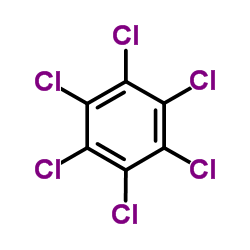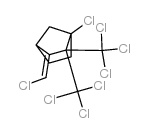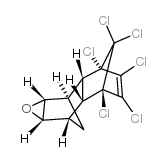| Structure | Name/CAS No. | Articles |
|---|---|---|
 |
heptachlor
CAS:76-44-8 |
|
 |
Mirex
CAS:2385-85-5 |
|
 |
Hexachlorobenzene
CAS:118-74-1 |
|
 |
toxaphene
CAS:8001-35-2 |
|
 |
dieldrin
CAS:60-57-1 |